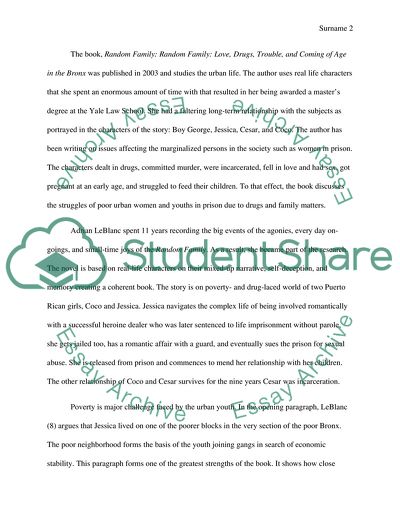Cite this document
(Random Family: Love, Drugs, Trouble, and Coming of Age Book Report/Review, n.d.)
Random Family: Love, Drugs, Trouble, and Coming of Age Book Report/Review. Retrieved from https://studentshare.org/sociology/1873290-book-reviewrandom-family-by-adrian-nicole-leblanc
Random Family: Love, Drugs, Trouble, and Coming of Age Book Report/Review. Retrieved from https://studentshare.org/sociology/1873290-book-reviewrandom-family-by-adrian-nicole-leblanc
(Random Family: Love, Drugs, Trouble, and Coming of Age Book Report/Review)
Random Family: Love, Drugs, Trouble, and Coming of Age Book Report/Review. https://studentshare.org/sociology/1873290-book-reviewrandom-family-by-adrian-nicole-leblanc.
Random Family: Love, Drugs, Trouble, and Coming of Age Book Report/Review. https://studentshare.org/sociology/1873290-book-reviewrandom-family-by-adrian-nicole-leblanc.
“Random Family: Love, Drugs, Trouble, and Coming of Age Book Report/Review”, n.d. https://studentshare.org/sociology/1873290-book-reviewrandom-family-by-adrian-nicole-leblanc.


